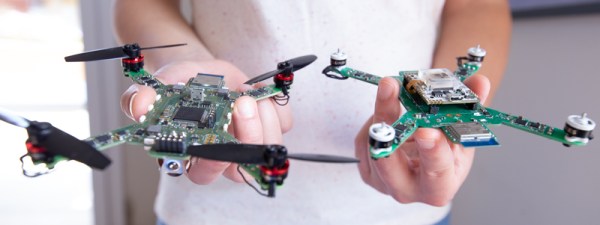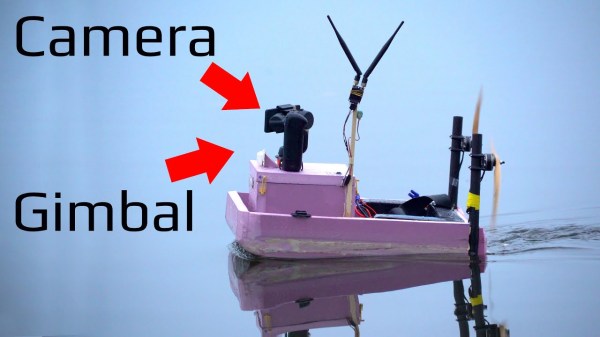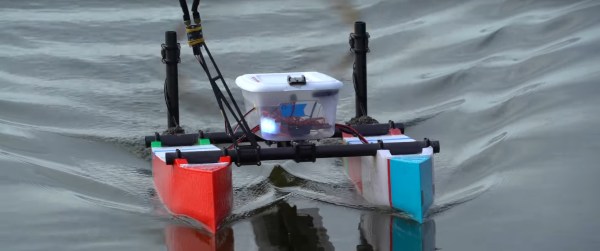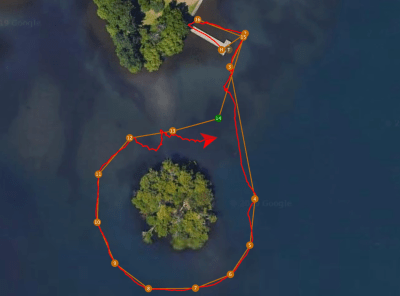Drones have come a long way in the past decade, and a lot of the pioneering work that made them mainstream was done by individual hackers and small teams. This often involves cobbling together components into flying crow’s nests of wiring. To streamline things a bit for hackers, the team at Luminous Bees are working on Ardubee, a small 3″ drone designed from the ground up for hacking.
The Ardubee is built around a single PCB that also acts as the frame of the drone. Onboard is an STM32F427 microcontroller, IMU, barometer and compass, ESCs, ESP8266 for telemetry, and a downward-facing range finder. It’s ready to connect to an SBUS RC receiver and a range of pluggable modules are in development to expand the drone’s capabilities. It’s designed to run the open-source Ardupilot software, which we’ve seen in so many DIY autonomous vehicles. Power is provided by a single 18650, which will probably limit higher speed maneuverability a bit but should be fine for the slower precision flight that such a drone is likely to be used for.
The team already has a swarm of larger 5″ drones that they developed for light shows. In the process they developed their own Ultrawide-band indoor positioning system, which will also be available for the Ardubee. They hope to launch a Kickstarter campaign soon and are asking for input from the community, so they can know what features need to be prioritized. We look forward to seeing where this project goes!
Autonomous vehicles are a popular topic around here for air, land, and water, and we have no doubt there will be many more.
Thanks for the tip [Andreas]!



















